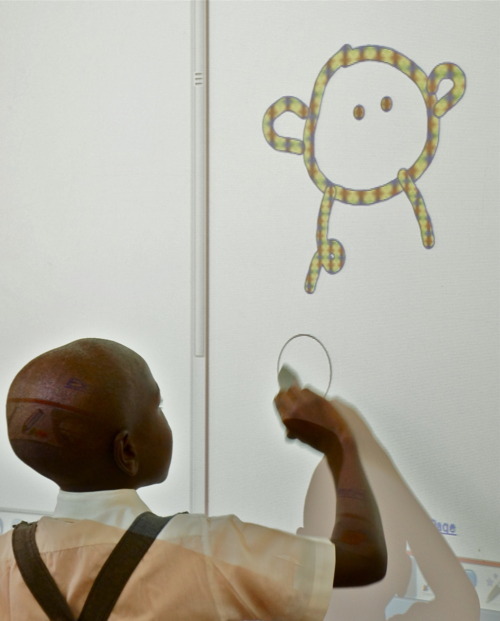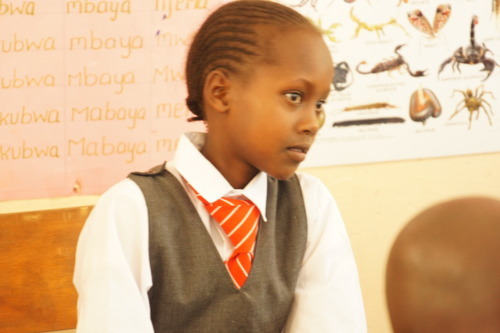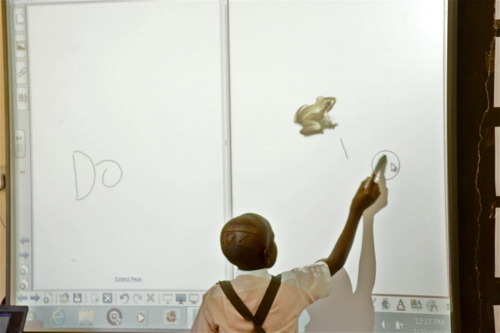 As a 25 year old, having come from the fast-paced and tech-reliant industry of finance, there are certain feelings I would not expect to register when visiting a rural village primary school in Kenya. These feelings might include being dated, vintage, or otherwise dowdy. And yet, when visiting Kenya Fluorspar Primary School today, those were precisely the sentiments I stumbled upon.
As a 25 year old, having come from the fast-paced and tech-reliant industry of finance, there are certain feelings I would not expect to register when visiting a rural village primary school in Kenya. These feelings might include being dated, vintage, or otherwise dowdy. And yet, when visiting Kenya Fluorspar Primary School today, those were precisely the sentiments I stumbled upon.
Nestled in the Kerio Valley, this primary school holds 290 students. Due to the leadership and benevolence Kenya Fluorspar’s CEO Nico Spangenberg, smart boards and wifi have been installed in nearly every classroom. Unheard of in Kenya, especially in a village school, this technological upgrade has completely transformed how the students learn, and consequently their focus, comprehension, and interaction within the classroom.
 Watching the students demonstrate how they use the board, and how it can be infused into every class lesson, was simply mind-blowing. I did not walk into a classroom of 7 year olds, many of who’s parents work in the Fluorspar mine, expecting a lesson. And yet, there I was agape as a little girl, cool as a cucumber, explained how to highlight, cut, drag, drop, and google, all the while standing on a chair so her little 7 year old arms could reach the board.
Watching the students demonstrate how they use the board, and how it can be infused into every class lesson, was simply mind-blowing. I did not walk into a classroom of 7 year olds, many of who’s parents work in the Fluorspar mine, expecting a lesson. And yet, there I was agape as a little girl, cool as a cucumber, explained how to highlight, cut, drag, drop, and google, all the while standing on a chair so her little 7 year old arms could reach the board.

Quite honestly, I thought I had a few good years left before these sentiments kicked in, but in front of those students, in a village primary school in Africa, I was a technological fossil. I have witnessed the impact the silicon age can have in even the most remote areas if given a chance. As it stands, they are more skilled than I am in this field. If they keep up this progress, will they be able to take my job from me in ten years? Undoubtedly.
For those who work in education – pay attention, take note. This technology is bridging the gap between poverty and access to learning resources.
For everyone else – watch out. This here, at Kenya Fluorspar Primary School, is the future. And they are learning fast.